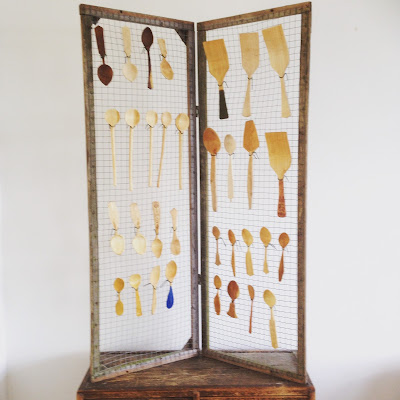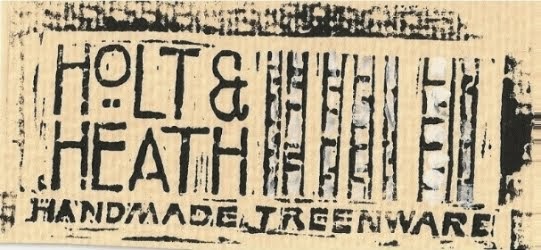To most people this would sound like something of a strange, if not silly, question. To the growing number of bodgers, whittlers and green-woodworkers, those with an interest in spoon carving, the question would no doubt be answered somewhat differently to most. But even for those wooden spoon aficionados it is still a question worthy of consideration.
I find it curious that spoons and the other utensils with which we eat are so little considered; indeed they are something that on the whole we take for granted, reaching blindly into the cutlery draw when required and drawing out whichever knife, fork or spoon first comes to hand.
We use cutlery in this way several times each day without once giving the knives forks and spoons we are utilising any thought, let alone a second thought. And yet the role they play in facilitating our eating - arguably the most essential of life sustaining activities - belies the indifference with which most people view them.
When you examine the application of a spoon or fork in the abstract, considering the fact that a spoon is the interface between the food on your plate and your mouth; that it will not only be pushed into your food but then placed repeatedly into your mouth, coming in repeated contact with your lips and tongue, it brings the importance of spoons into much sharper focus. Let's face it, there are not that many things that we place regularly into our mouths, and if there were such an instrument to be thus employed we would want to scrutinise it fairly closely. And yet, do we employ such an approach with our eating implements? Really, there are not many things that have such a role of daily importance.
Sadly, I have come across much evidence that many, if not most people do not consider this aspect of their meal. I have eaten at various friends' houses or in restaurants where I have been left to question the choice of cutlery - heavy, ill-balanced, gaudy, badly designed. With far more thought having been given to the form than the function cutlery becomes an ornament upon a dining table rather than a tool with a job to perform, and whilst I would not suggest that cutlery should not be well designed and decorative should it be at the expense of function?
So what am I trying to say? Pay more attention and give more thought to the things you put in your mouth?





















